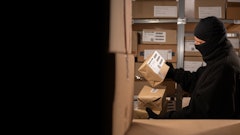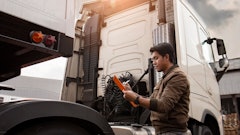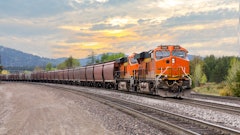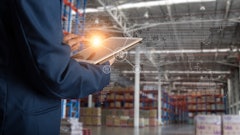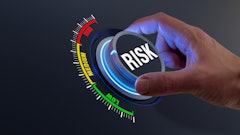
The American food supply industry is both interesting and massive. With large operations such as food production and delivery, there is a lot of information both processed and maintained. Information Technology (IT) is what makes the machine tick, and without it, businesses across the industry would be faulty at best. A particular focus of this conversation relates directly to supply chain recall, and how the food industry in 2013 can utilize sound technology in the identification and retrieval of defective products.
Identifying a Recall
A huge step of a recall is identifying the affected area or product. If this is not done correctly and in a timely manner, lawsuits can spring up and the country’s health can be affected. If someone makes a complaint in a restaurant, a company should have the technology to track exactly what the source of the problem is and where it came from. If a woman fell ill in a Boise, Idaho restaurant after eating a hamburger, Company A needs to know immediately whether Supplier B from Ontario, Oregon or Supplier F from Salt Lake City, Utah supplied that region.
Identification of source in this step of the recall can be directly benefited by a sound IT infrastructure, specifically one that enables a company to monitor the transactions and operations of the entire supply chain from one central server portal. Obviously technology is only one aspect of the identification process, but it can really assist the employees and leadership throughout the chain in understanding the initial scope of the situation.
Planning a Recall
In the old days it would have been sufficient to draw up a list of potential possibilities and some mock responses to combat a faulty product distribution. This unfortunately does not work anymore, as business has evolved from being between towns to across oceans.
With the range of the food industry in 2013, any problem along the chain has a much more profound footprint. The brand or supplier needs to ensure they are adequately prepared for the possibility of a mass retrieval. The food sector does its best to ensure safety and accurate representation of products, but mistakes happen and with food nothing is ever certain.
A main component of being set up for a recall is to have technology that provides a business with the ability to move from identifying a recall to planning a recall, very rapidly. This includes, but is not limited to the ability of a company to have a very high level of troubleshooting capability. If a company has IT software that enables it to visualize how one problem will affect the next two or three steps down the line, the planning portion of the recall is simplified. If it turns out that a slaughterhouse in Ontario is most likely the source of contamination leading to the sickness in Boise, advanced computation equipment can help leadership decide which locations should be included in a recall. The software can help explain the areas affected in real time, and immediately eliminate those areas not involved simultaneously. This can save a company from recalling in additional areas, leading to the preservation of precious resources and revenue.
America is a major hub in the food world. Because of this, supply chains are rampant and recalls do exist. While faulty products and mistakes in the industry are impossible to completely negate, there are ways to prepare and execute efficiently. Fundamentally sound IT can help a company reach this benchmark.





